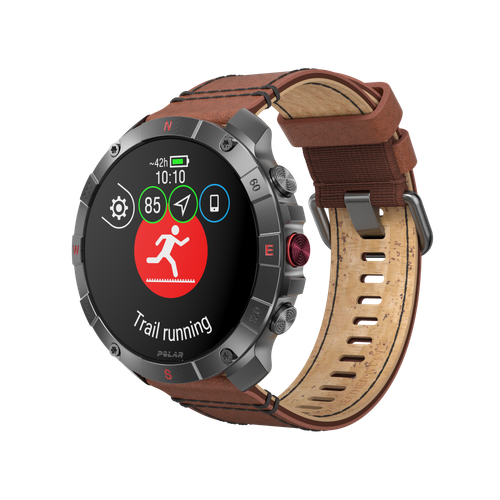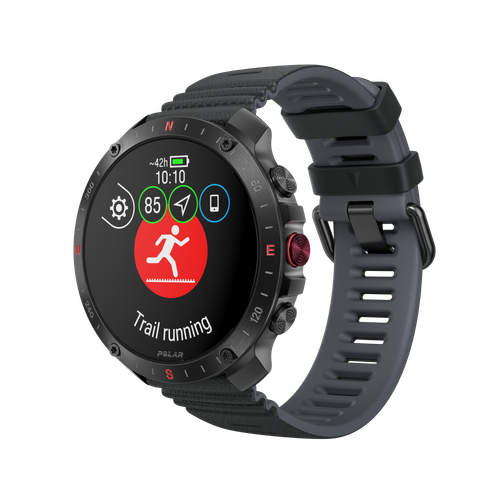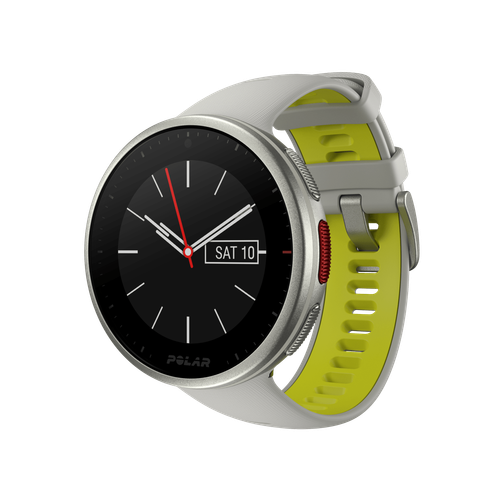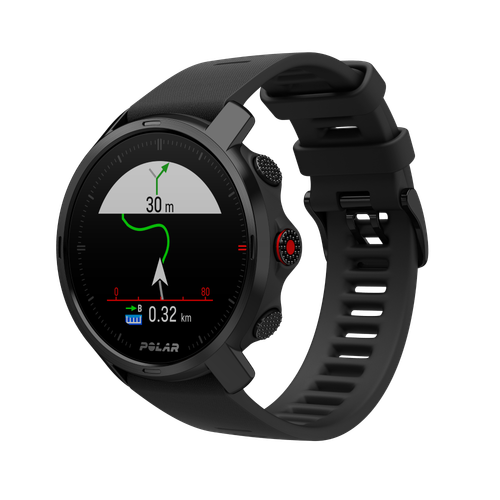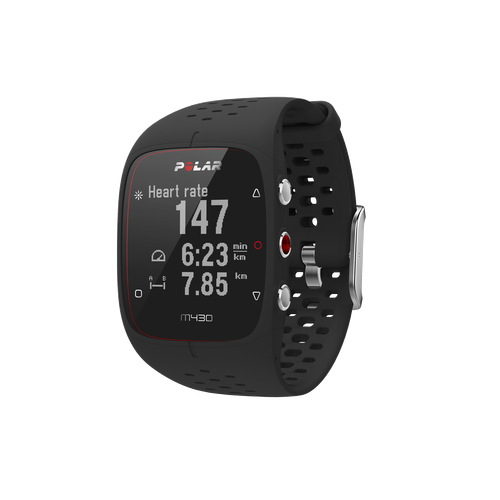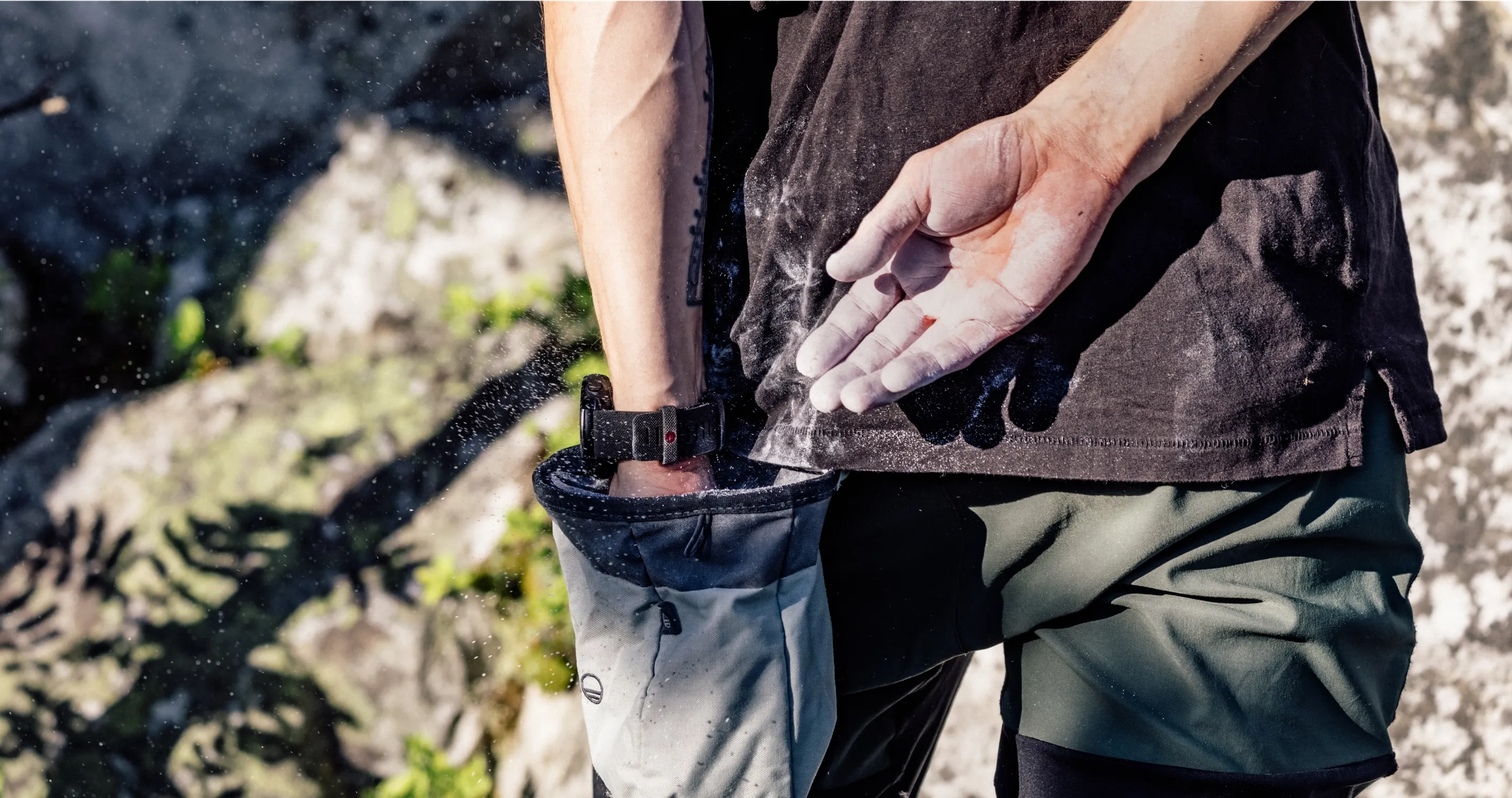But what exactly is sport climbing, and how does it differ from traditional climbing methods? We’ll delve into the world of sport climbing, exploring its origins, the essential gear needed, and the different climbing styles that push athletes to their limits.
What is sport climbing?
Sport climbing is a thrilling and physically demanding discipline of rock climbing that utilizes pre-drilled fixed bolts anchored into the rock. Climbers clip into these bolts using quickdraws (a combination of carabiners) and a rope for safety, while a partner on the ground, known as the belayer, controls the rope.
This approach allows climbers to focus more on the physical challenge and technical mastery of the climb itself rather than the riskier aspects of gear placement. Sport climbing typically involves short, high-intensity routes that push climbers to their limits.
The history of sport climbing
The origins of sport climbing can be traced back to the late 1970s in Europe. Pioneering climbers like Stephane Troussier and Christian Guyomar began equipping challenging sections of France’s Verdon Gorge with permanent bolts. This innovation allowed climbers to focus solely on the technical aspects of the climb, marking the birth of sport climbing as we know it.
The competitive side of sport climbing emerged shortly after that. In 1985, the first organized competition, “SportRoccia,” took place in Italy, where climbers raced against the clock. A year later, France saw the first competition using an artificial climbing wall. This format continues to be popular today, allowing climbers to train and compete indoors year-round.
The journey of sport climbing to the Olympic stage occurred more recently. It debuted at the 2018 Youth Olympic Games in Buenos Aires and then became a full-fledged Olympic sport at the Tokyo 2020 Games. With its combination of physical prowess, mental focus, and technical mastery, sport climbing will continue captivating audiences and inspiring aspiring climbers worldwide.
Benefits of sport climbing
One of the most significant advantages of sport climbing is its accessibility. Compared to traditional climbing, which requires a substantial investment in gear and technical knowledge, sport climbing offers a more approachable entry point.
Indoor climbing gyms provide all the necessary equipment, from harnesses and ropes to shoes and quickdraws, allowing you to try the sport without a hefty upfront cost. Additionally, gyms offer various routes catering to all skill levels, making them ideal for beginners to learn the ropes (pun intended) before tackling outdoor climbs.
The beauty of sport climbing lies in its ability to cater to both individual goals and a competitive spirit. Whether you’re pushing your limits on a challenging outdoor route or perfecting your technique indoors, the sense of accomplishment after conquering a climb is undeniably rewarding.
Outdoors, sport climbing becomes an immersive experience. You’ll encounter a variety of rock formations, each presenting unique challenges and breathtaking views. Unlike a gym, where you’re limited to a handful of routes, outdoor climbing allows you to string together multiple climbs in a single session, creating a longer and more diverse workout.
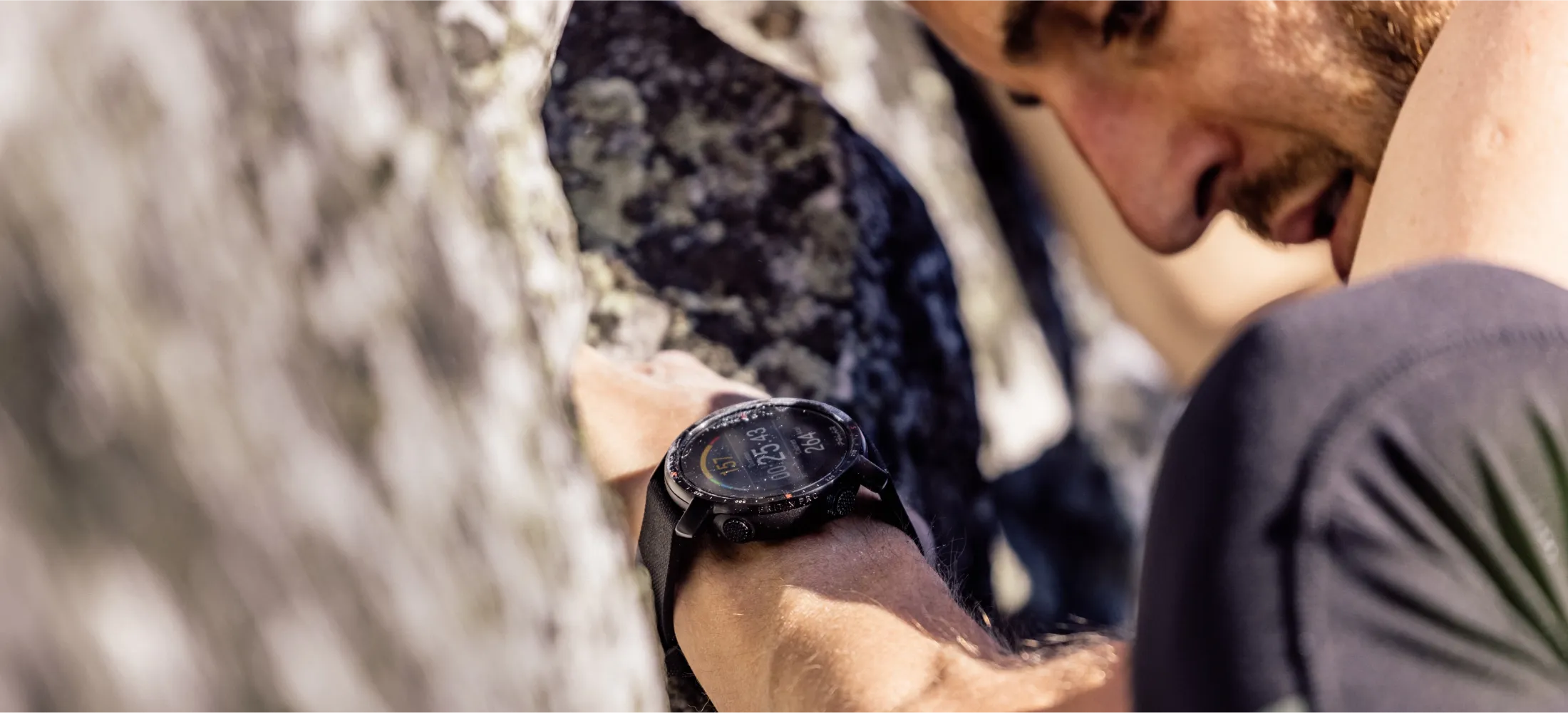
Trad vs sport climbing
While sport and traditional climbing (or trad climbing) both involve scaling rock faces, the approaches couldn’t be more different. Let’s delve into what sets them apart.
In trad climbing, the climber carries a rack of gear – nuts, cams, and slings – and places them into cracks and features in the rock as they ascend. This gear becomes their safety net, catching them in case of a fall. The process requires significant knowledge of gear placement, risk management, and reading the rock.
Sport climbing, on the other hand, utilizes pre-drilled bolts permanently fixed into the rock face. Climbers clip their rope into these bolts using quickdraws as they ascend, with a belayer securing them from below. This approach eliminates the need for placing gear on the fly, allowing a greater focus on physical strength and technical climbing skills.
This distinction between gear and falls creates a fundamental difference in mentality. Trad climbing emphasizes risk management and meticulous decision-making. Sport climbing, however, encourages pushing your limits and attempting risky moves with the knowledge that falling is common. Climbers are expected to fall while trying to perfect a challenging sequence repeatedly.
Accessibility is another crucial advantage of sport climbing. Sport crags (outdoor climbing areas) often offer easier access than remote trad climbing locations. This convenience makes sport climbing a more approachable option for beginners to learn the fundamentals and build confidence before venturing into trad climbing.
The terrain and style of movement also differ. Sport climbing routes tend to be steeper and favor dynamic, powerful moves. Grading systems often prioritize physical difficulty over the complexity of gear placement or route-finding skills needed in trad climbing. These routes allow sport climbers to focus on pushing their physical limits and mastering intricate sequences.
Sport climbing also offers a unique advantage for aspiring lead climbers (the first climber on the rope). Unlike trad, where leaders must have expertise in gear placement, sport climbing allows anyone to experience the thrill of leading a climb without needing to know how to place complex gear like cams and nuts.
undefined
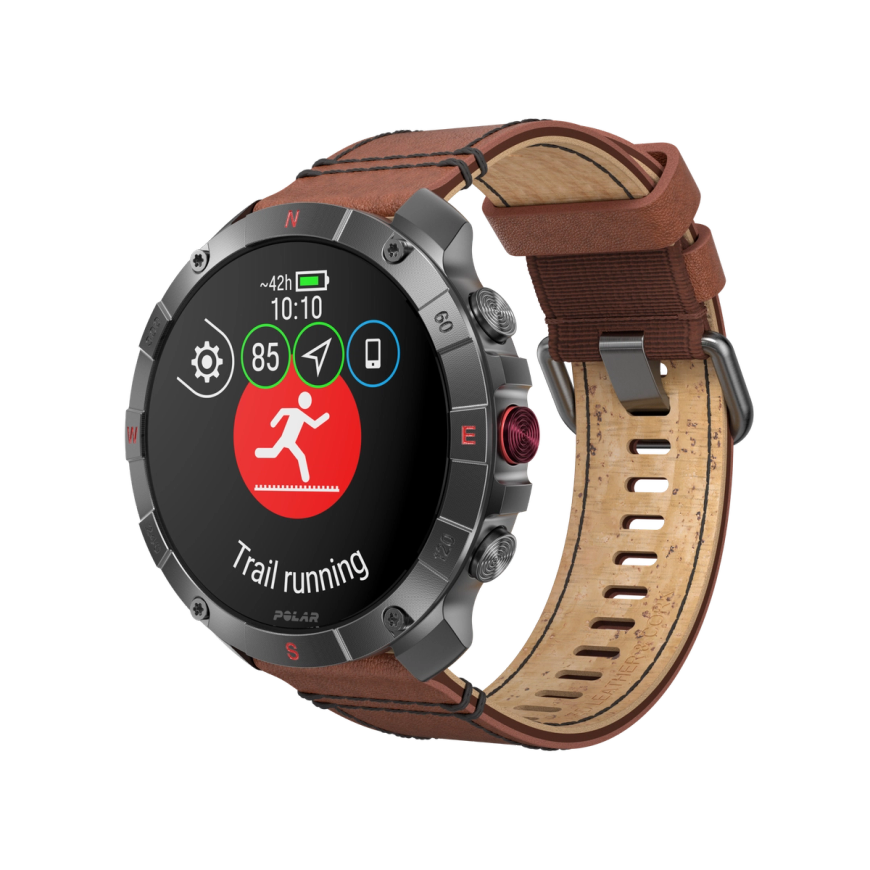
Polar Grit X2 Pro Titan
Premium Outdoor Watch
Polar Grit X2 Pro Titan is a rough and rugged outdoor sports watch crafted for adventure with sapphire glass AMOLED display in titanium casing, and a hi-tech toolkit of navigation and performance features for exploring the wonders of the world, and the body.
What happens in a sport climbing competition?
The Olympic stage offers the pinnacle of sport climbing competition, showcasing three distinct disciplines: bouldering, speed, and lead. Each tests a different aspect of a climber’s skillset.
- Bouldering is an explosive display of power and technique. Athletes tackle short, challenging walls (around 4.5 meters high) without ropes, aiming to complete as many “problems” (set routes) as possible within a limited timeframe and with the fewest attempts. Every hold touched and “top” achieved earns points, making efficiency and strategic planning crucial.
- Speed climbing is a breathtaking race against the clock. Climbers go head-to-head in elimination rounds on identical 15-meter walls with a slight incline. Success hinges on a combination of lightning-fast reflexes, explosive power, and flawless technique. The best athletes can scale the wall in under six seconds (men) and seven seconds (women), leaving audiences in awe.
- Lead climbing puts climbers’ endurance and mental fortitude to the test. Athletes face a towering wall (over 15 meters high) with a route they’ve never seen before. They have six minutes to climb as high as possible, clipping their rope into pre-placed bolts for safety. As the competition progresses, routes become progressively more challenging, demanding a blend of strength, technical skill, and the ability to strategize on the fly.
At the 2020 Tokyo Olympics, a combined score from all three disciplines determined the overall winner. The climber with the lowest cumulative score took home the first Olympic gold medal awarded in sport climbing.
However, the 2024 Paris Olympics saw a slight shift. Two separate competitions crowned Olympic champions. One combined bouldering and led into a single event, testing climbers’ all-around ability. The other was dedicated solely to the exhilarating world of speed climbing.
Enjoying this article? Subscribe to Polar Journal and get notified when a new Polar Journal issue is out.
Subscribe
Sport climbing gear
Sport climbing is all about efficiency and conquering challenging routes. To achieve this, climbers rely on a specific set of gear designed to be lightweight, streamlined, and promote smooth movement. Here’s a breakdown of the essentials:
- Helmet: A must-have for outdoor climbing, a climbing helmet protects your head from falling rocks and debris and even cushions impacts from a fall. Look for a model specifically designed for climbing, and remember to replace it immediately if it sustains any damage. In controlled gym environments, helmets are generally not necessary.
- Harness: Sport climbing harnesses prioritize comfort during repeated falls with a lightweight, streamlined design. They typically have at least four gear loops for storing carabiners and other accessories, plus a central belay loop for securing the rope.
- Climbing Shoes: These specialized shoes are tight-fitting and feature a downturned shape for better leverage on small footholds. They also have thin, sticky soles for maximum grip on the rock surface. Be prepared, as climbing shoes are not designed for walking and may feel uncomfortable – that’s the trade-off for superior performance on the wall.
- Rope: Most sport climbers use a single dynamic rope designed to absorb the force of a fall. A 60-meter rope is generally sufficient for most routes, although some longer climbs may require a 70-meter rope.
- Belay Device: This crucial piece of equipment creates friction in the rope when a climber falls. There are two main types: manual belay devices and assisted braking devices (generally recommended, especially if your climbing partner anticipates taking frequent falls).
- Quickdraws: These consist of a pre-attached carabiner and sling set used to clip the climber’s rope into the bolts on the climbing route. Quickdraws typically come with one straight-gate carabiner (for clipping the bolt) and one bent-gate carabiner (for easier rope clipping). The number of quickdraws needed will vary depending on the route, but climbers typically carry between 10 and 25.
- Chalk and Chalk Bag: Chalk is a climber’s best friend, keeping their hands dry for better grip on even the trickiest holds. A chalk bag is a handy pouch that allows climbers to access and apply chalk easily throughout their climb.
Where will sport climbing take you?
While climbing gyms offer a fantastic and accessible environment to train and hone your skills, there’s an undeniable allure to sport climbing outdoors. The fresh air, the challenge of natural terrain, and the breathtaking scenery all combine to create an unparalleled experience.
The good news: you don’t have to travel far to find incredible sport climbing opportunities. Chances are, there are sport crags (outdoor climbing areas) closer to you than you think. A quick internet search can reveal local gems, while joining your area’s climbing or mountaineering club is a fantastic way to connect with experienced climbers and discover hidden local treasures.
For the passionate climber, a pilgrimage to iconic locations like the Verdon Gorge in France or Smith Rock in Oregon is an unforgettable experience. These crags, where sport climbing’s rich history began, offer a unique blend of breathtaking climbs steeped in tradition. The list of legendary bolted routes goes far beyond these two destinations, stretching across the globe.
Imagine tackling challenging routes amidst the dramatic backdrop of Morocco’s Atlas Mountains or basking in the sun-drenched paradise of the Greek island of Kalymnos. The National Parks of California and the iconic Red Rocks of Nevada are just a few more examples of the incredible sport climbing adventures that await.
So, if you’ve been bitten by the sport climbing bug, don’t limit yourself to the gym walls. The real thrill lies in experiencing the beauty and challenge of the outdoors. With a bit of research and a sense of adventure, you can discover a world of incredible climbing opportunities waiting to be conquered.
undefined

Polar Verity Sense
Optical Heart Rate Sensor
Polar Verity Sense is an optical heart rate monitor that provides you with maximum freedom of movement and multiple options for viewing and recording your workouts. With Bluetooth®, ANT+, and internal memory, you can connect Polar Verity Sense to a sports watch or app to see your workout in real time, or view your data afterwards.
 Polar Vantage M3
New
Polar Vantage M3
New
 Polar Grit X2 Pro Titan
New
Polar Grit X2 Pro Titan
New
 Polar Grit X2 Pro
New
Polar Grit X2 Pro
New
 Polar Vantage V3
Polar Vantage V3
 Polar Ignite 3
Polar Ignite 3
 Polar Ignite 3 Braided Yarn
New
Polar Ignite 3 Braided Yarn
New
 Polar Pacer Pro
Polar Pacer Pro
 Polar Pacer
Polar Pacer
 Polar Unite
Grit X Series
Vantage Series
Pacer Series
Ignite Series
Polar Unite
Grit X Series
Vantage Series
Pacer Series
Ignite Series









